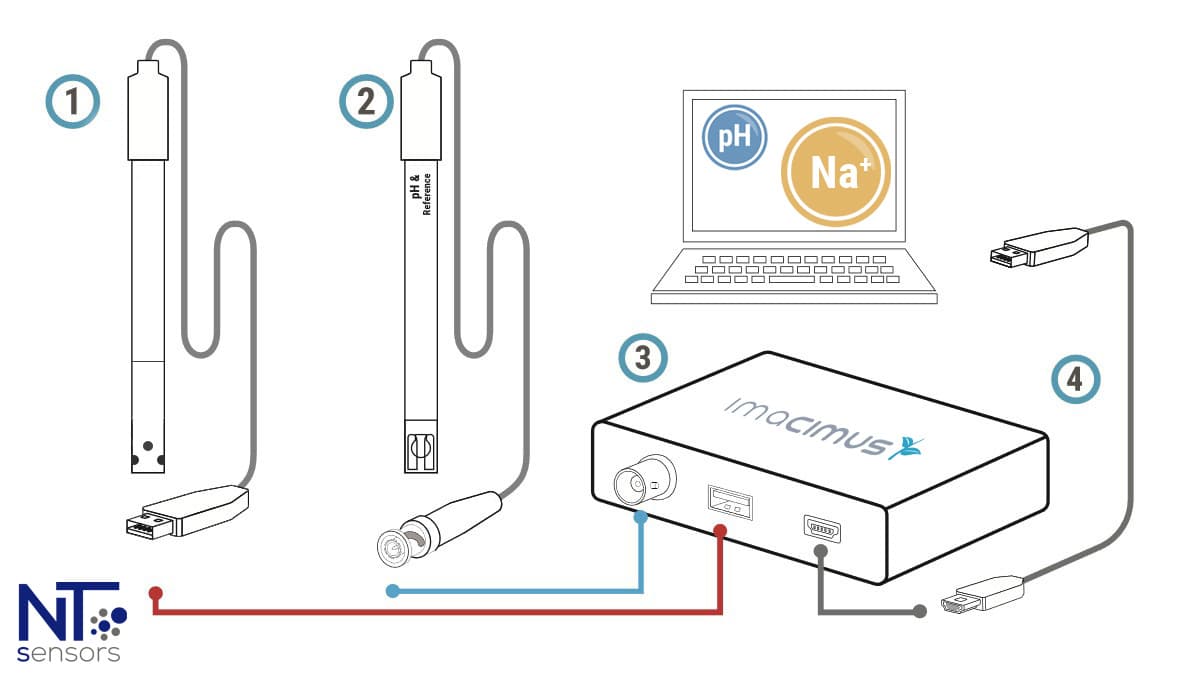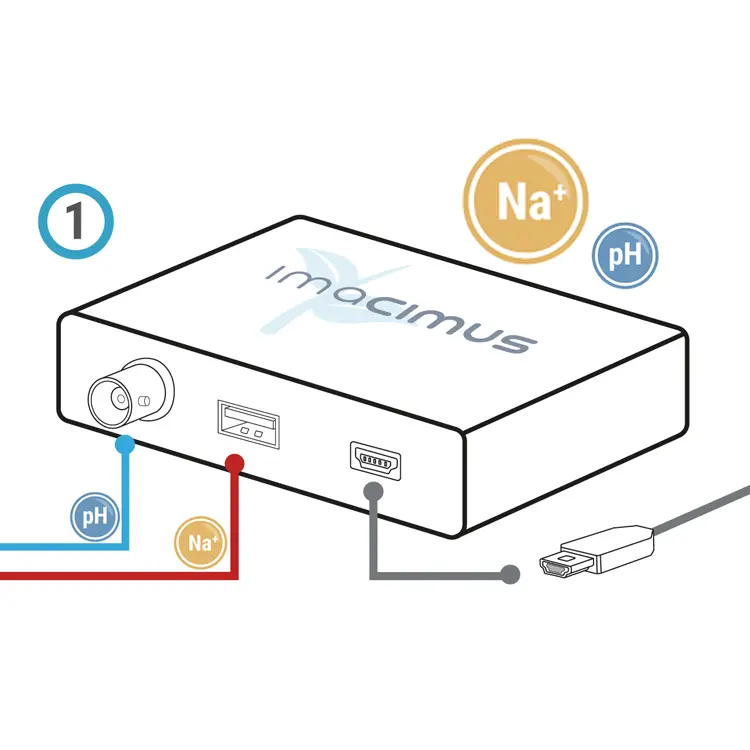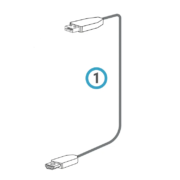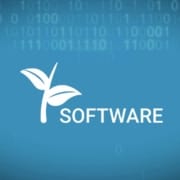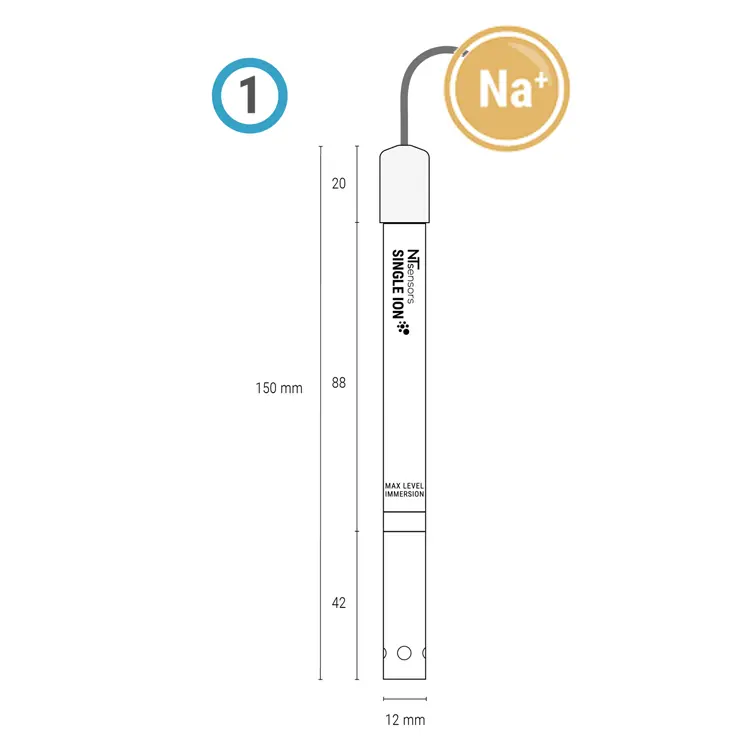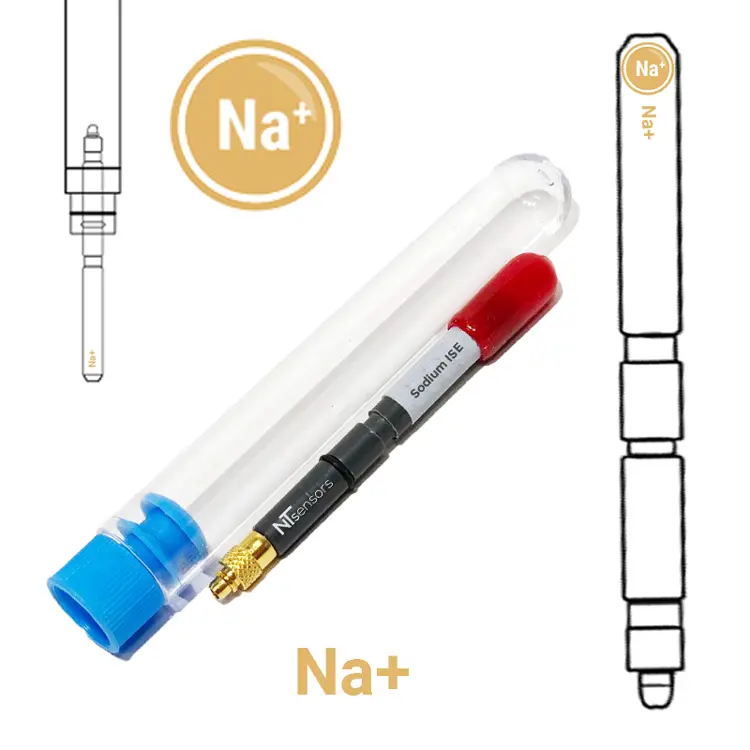Sodium ion selective electrode (ISE)
NT Sensors manufactures and puts at your disposal high quality, reliable, fast and affordable ISE Sodium ion selective electrodes based on the latest nanotechnology innovative research.
In addition, the sodium ion-selective electrode sensor is ideal for a variety of applications in:
- Laboratories: Blood or serum among others
- Food production
- Drinks and Wine
- Water quality analysis
- Steam condensation in power plants
In conclusion, sodium electrodes are necessary to control the salt present in soils for agriculture or in food and drinks as a quality control of those products.
SPECIFICATIONS
Range (concentration): 2.3 to 23.000 mg/L / 1×10-4 to 1 (mol/L)
Reproducibility (precision): ±10% of full scale (calibrated 10 to 1000 mg/L)
Interfering ions: K, LI+, CA2+
pH range: 1 to 9 (no pH compensation)
Temperature range: 4 – 40°C (no temperature compensation)
Electrode slope: 54 ±5 mV
Electrode resistance: 1–4 MΩ
Immersion minimum: 2 mm
Body diameter: see different sensors

Mini ION Sodium
Single Probe
BNC or USB
ISE Sodium meter + pH
The imacimus kit analysis system allows the direct measurement of the exact concentration of sodium, thus giving rise to rapid analysis and greater reliability.
Single Ion: Sodium electrode
The most classic look-like ion selective electrode, with innovative replaceable tip and probe holder for several tip sensors. Discover this electrode, one body, multiple sensor tips.
REF: S023
Diameter: 12 mm
Conector type:
– BNC (standard)
– USB (imacimus meter)
Minimum sample volume: 5 ml
PDF information about Single Ion
...


